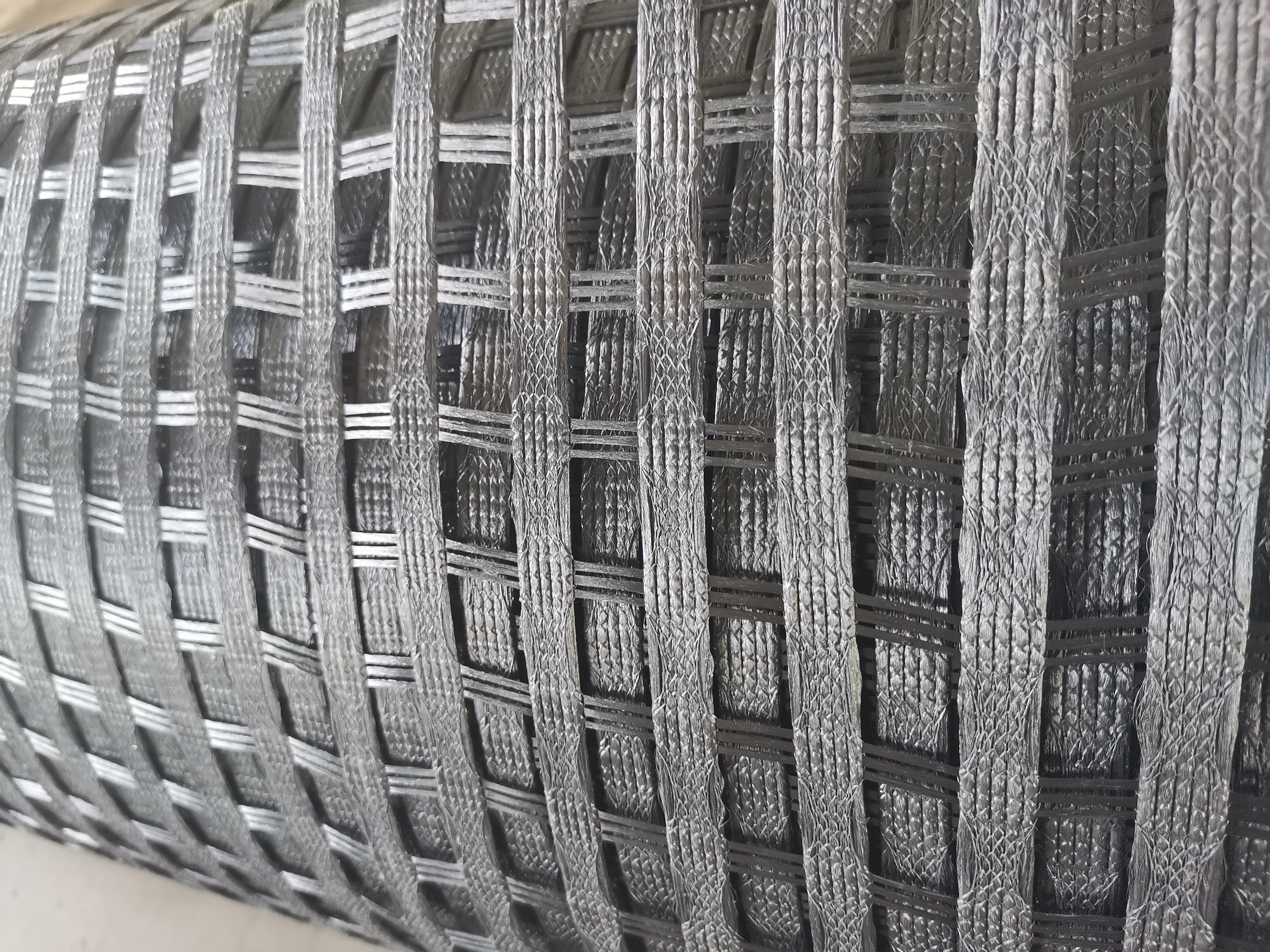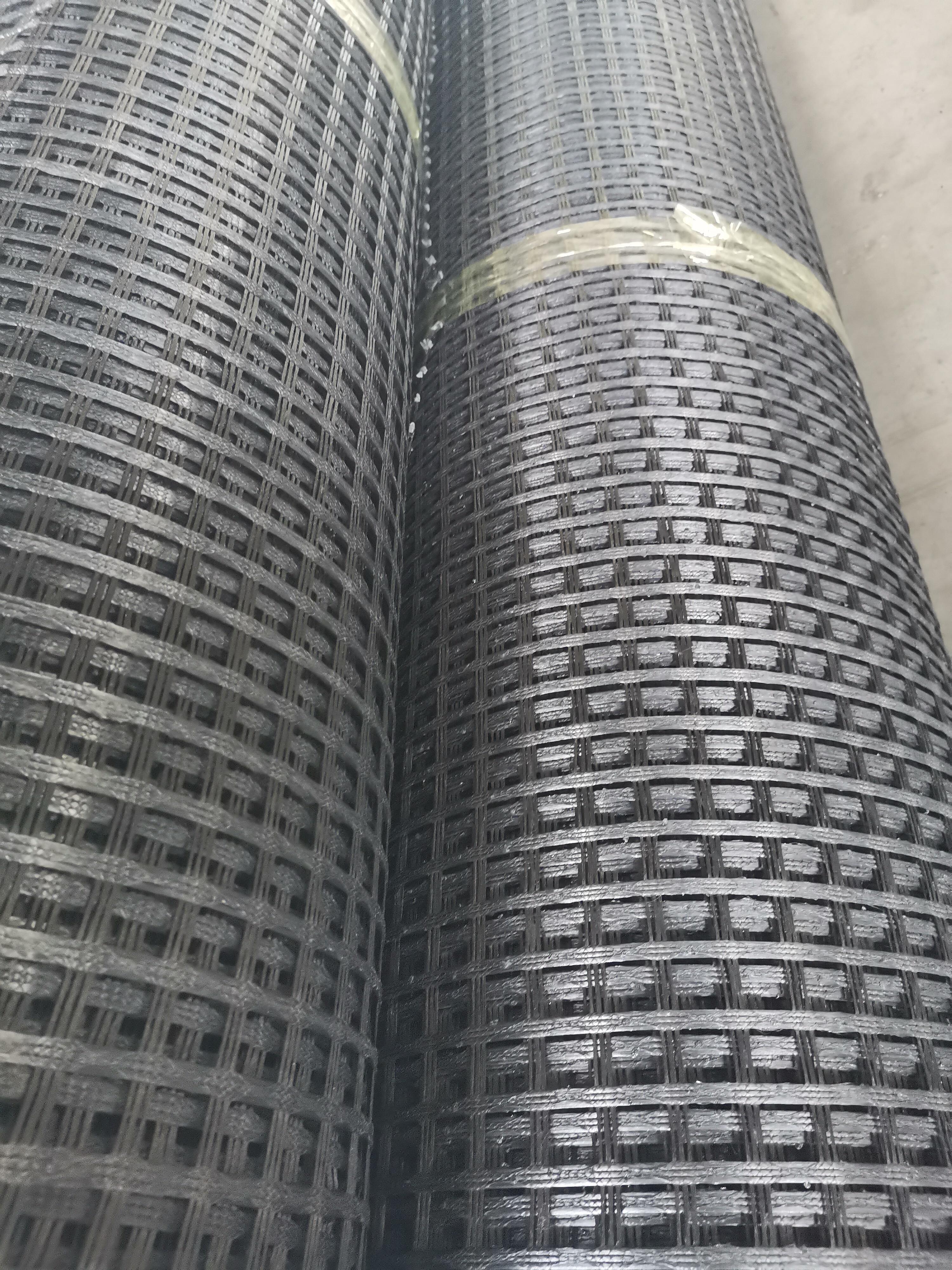Sunshine Geogrid: Leading Geosynthetic Solutions Since 2006
Established in 2006, Sunshine Geogrid specializes in advanced geosynthetic materials. After 3 years of R&D, it launched the world’s leading High Strength Polyester Mining Grid, now in mass production with 18 specifications for underground tunnel support and mining applications. Our company offers 5 product categories (40+ specs), including Polyester Geogrid, Fiberglass Geogrid, Geocell, and Geotextile. Products are exported to 20+ countries, praised for high quality and timely delivery. Leveraging innovative materials like PET and basalt geogrids, it serves infrastructure projects globally, ensuring durability and performance in road reinforcement, slope stabilization, and landfill construction.
Get A Quote


